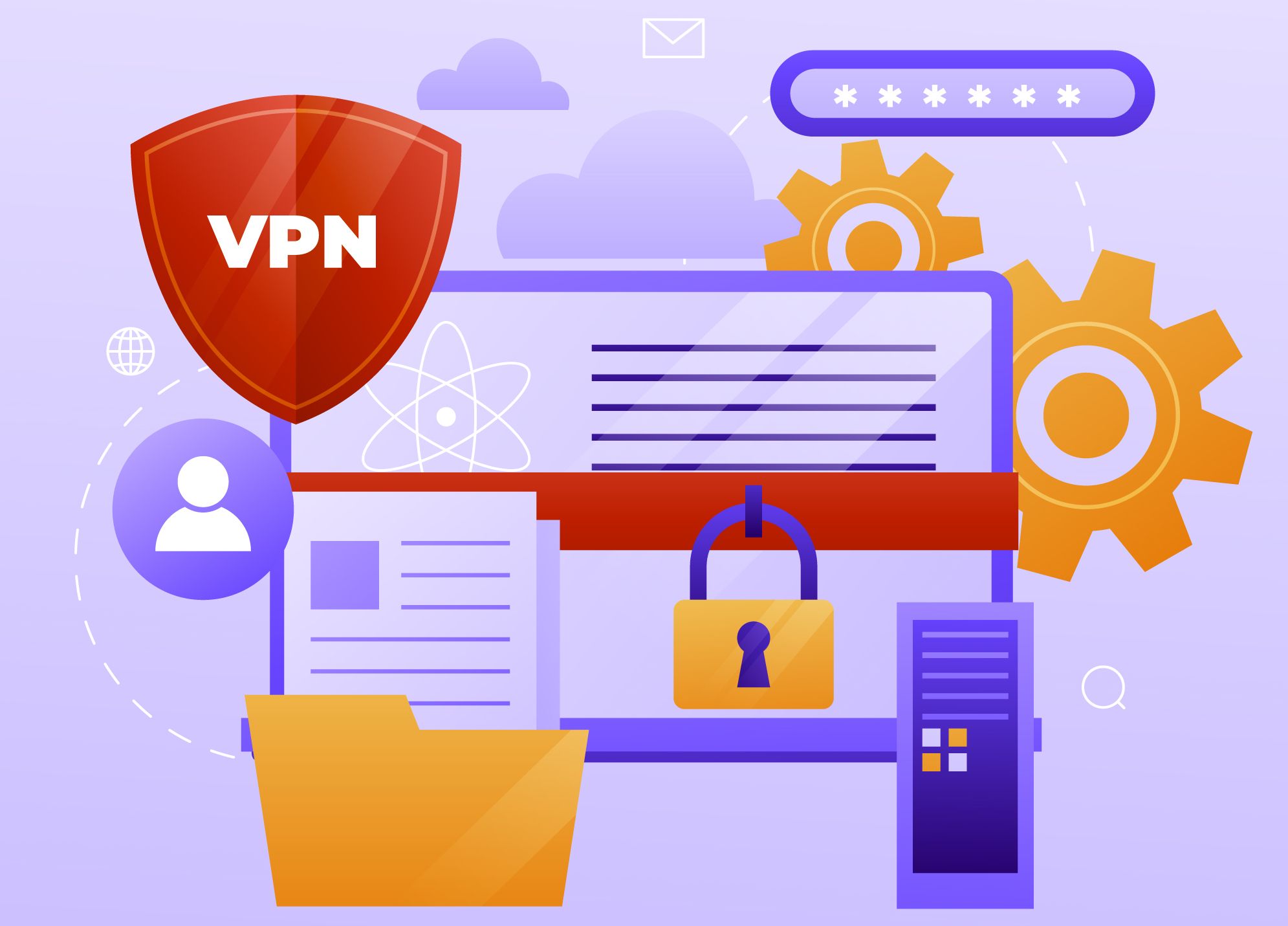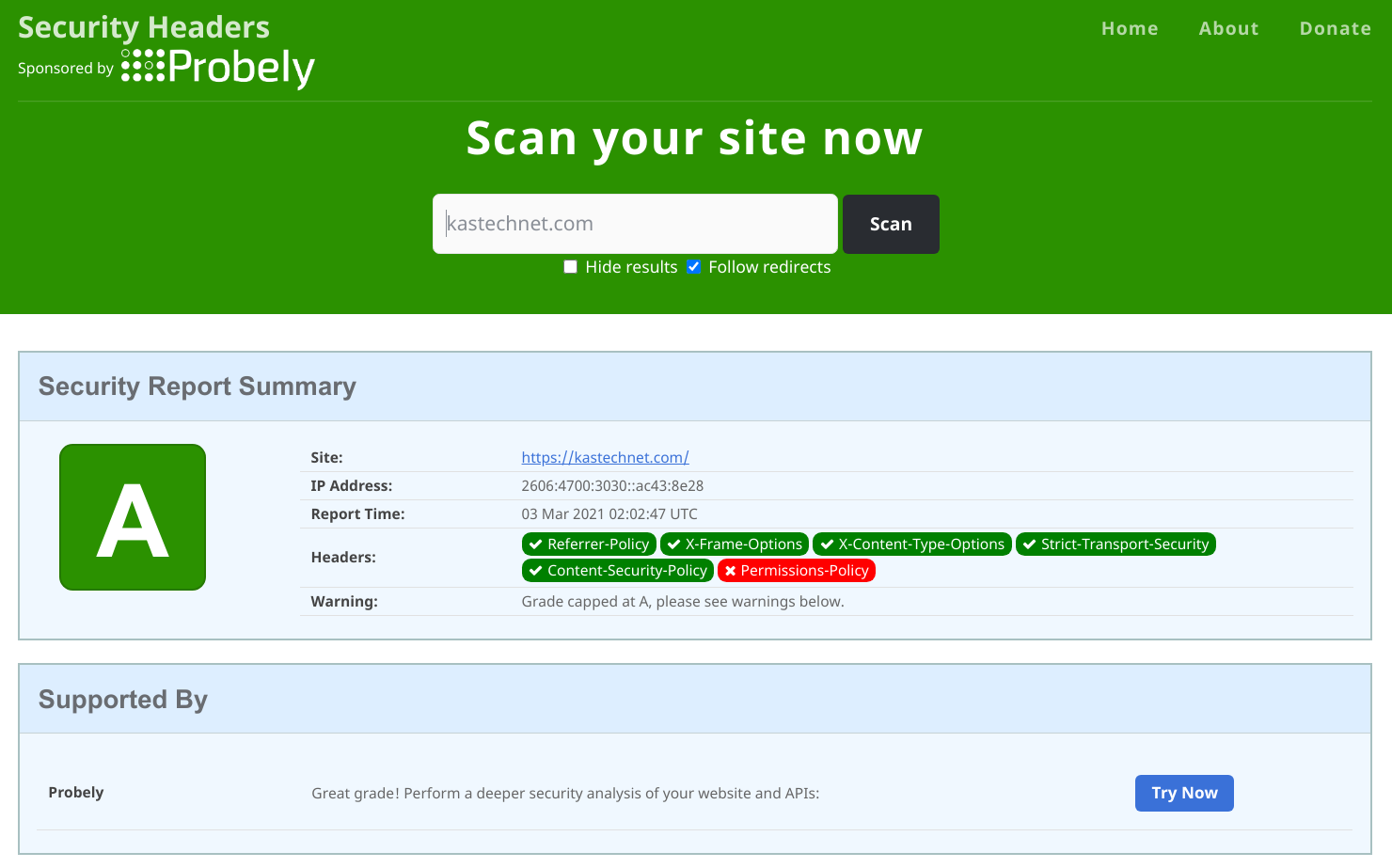
In today's fast-moving digital world, most businesses think firewalls and antivirus software are enough. But the truth is, some of the biggest IT risks are hiding in plain sight — unmonitored, unpatched, and waiting to cause serious damage.
Here are five hidden IT vulnerabilities you need to address right now — before they turn into business disasters.
1. Outdated Software Still Running in the BackgroundOld software might "still work," but it's also full of holes — especially legacy apps, forgotten plugins, or even older operating systems still running on some endpoints.
Why it's dangerous: Hackers love unpatched systems. Even if you're only using the app once a week, it's still a threat vector.
Fix it: Audit your software regularly. Replace unsupported applications, or isolate them if replacement isn't feasible.
2. Weak or Recycled Passwords (Used by Your Team)Password fatigue is real, but it's also one of the easiest ways hackers get in. Reusing passwords across tools, accounts, and logins is like using the same key for every door.
Why it's dangerous: A single breach on a non-work app (like Dropbox or Facebook) can give attackers the master key to your company.
Fix it: Use a password manager. Enforce password policies. Better still — use Multi-Factor Authentication (MFA) everywhere.
3. Misconfigured Cloud SettingsMost teams now rely on Google Workspace, Microsoft 365, or AWS. But default configurations aren't safe, and many businesses never review permissions or access logs.
Why it's dangerous: Misconfigured cloud buckets or open folders expose sensitive data — and you might not even know until it's too late.
Fix it: Do regular cloud security reviews. Use tools that automatically scan for misconfigurations. Limit access by role.
4. Uncontrolled Shadow ITShadow IT refers to employees using unapproved software or devices to get their job done — like syncing files via personal Google Drive or WhatsApping client data.
Why it's dangerous: You can't protect what you don't know exists. Shadow IT introduces risk with no visibility.
Fix it: Educate your team. Offer approved alternatives. Monitor network activity for unknown devices and apps.
5. No Backup Strategy for SaaS PlatformsMost people assume cloud platforms like Microsoft 365, Slack, or Salesforce handle backups. Truth is: they don't back up your data the way you think.
Why it's dangerous: If a file is deleted, overwritten, or corrupted, permanently, you may not be able to recover it.
Fix it: Use third-party backup tools for your cloud apps. Ensure backups are scheduled, encrypted, and tested regularly.
Final ThoughtsCybersecurity isn't just about antivirus software anymore: it’s about visibility, consistency, and proactive defense.
If you're not actively looking for these hidden threats, chances are, they’re already in your environment. And they won’t wait for a convenient time to strike.
Start with an internal IT audit. Or talk to a trusted provider to help you assess your exposure.
Because the only thing more expensive than prevention: is recovery.








